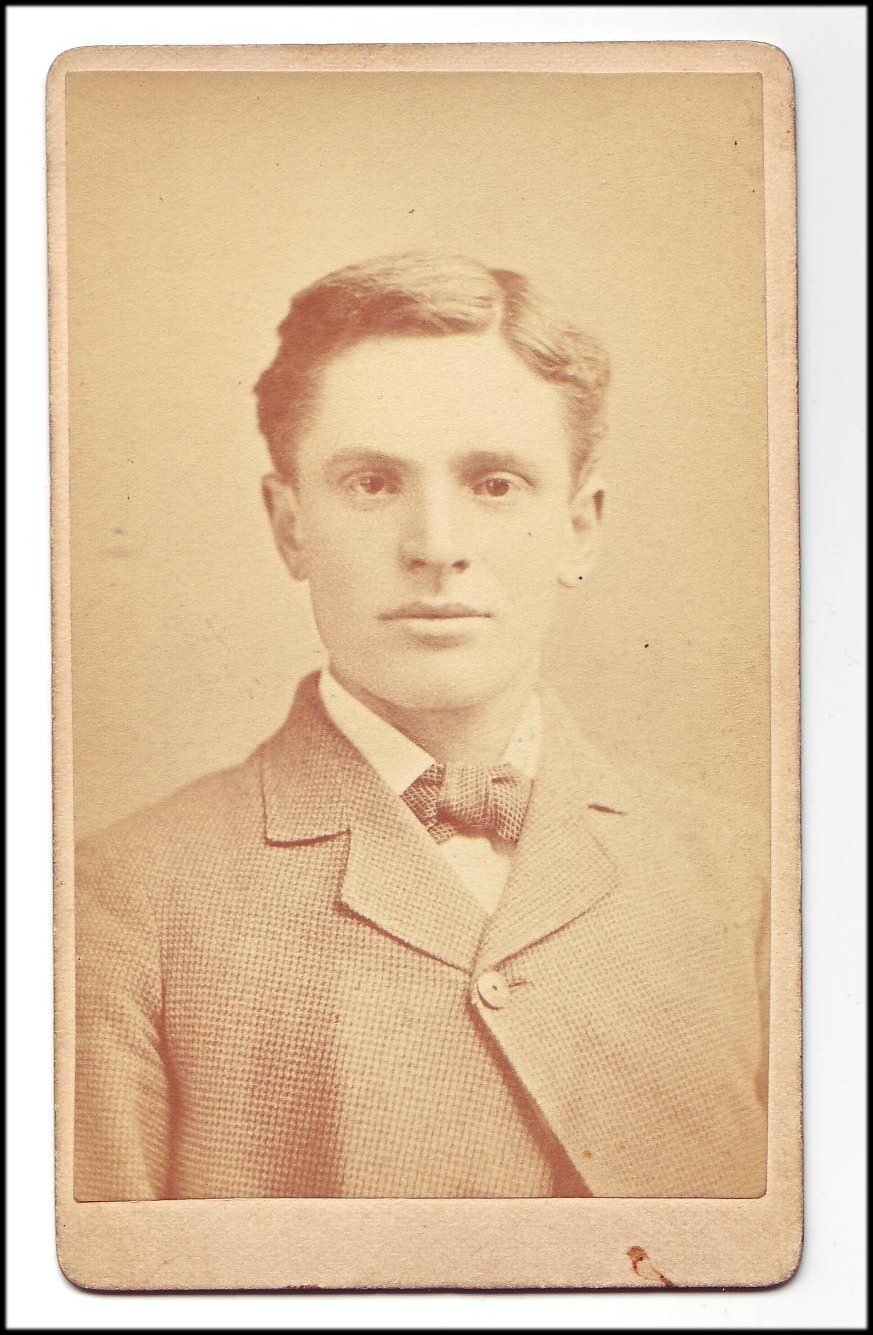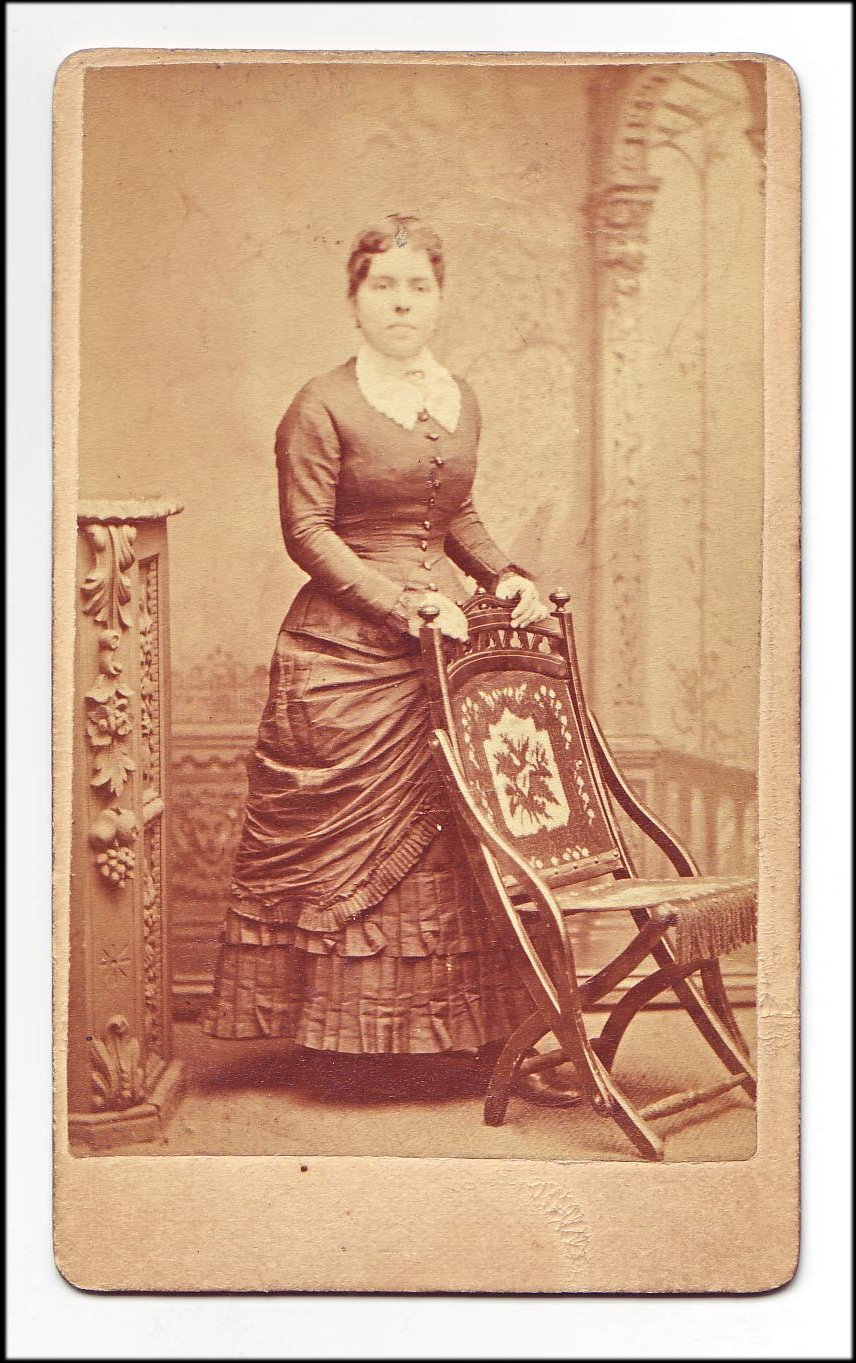In 2011, it was Amanda Knox and Casey Anthony.
In 1995, it was O. J. Simpson.
In 1992, it was Erik and Lyle Menendez.
In 1968, it was Charles Manson.
In 1951, it was Ethyl and Julius Rosenberg.
In 1945, it was Nuremberg.
In 1885, the sensational murder trial that made headlines throughout Virginia and across the United States (The New York Times printed thirty-seven stories on the case) was the trial of Thomas Cluverius.
Born in 1861, Thomas Judson Cluverius grew up on a small farm in King and Queen County. In 1880, he attended Richmond College (now the University of Richmond) and graduated two years later with a bachelor’s degree in law. He returned to King and Queen County, practiced law, and was a well-known and respected member of the community. He was even the assistant superintendent of the Sunday school and described as temperate in his habits. Thomas was living the American dream, that is until March 18, when the Richmond police arrested him.
Four days earlier, the caretaker of Richmond’s Old Reservoir (today the site of the Clark Springs Elementary School) discovered the body of a young woman floating in the water. The coroner determined that she had drowned and that her body showed minor signs of assault. As if that weren’t bad enough, he also verified that she was eight months pregnant.


